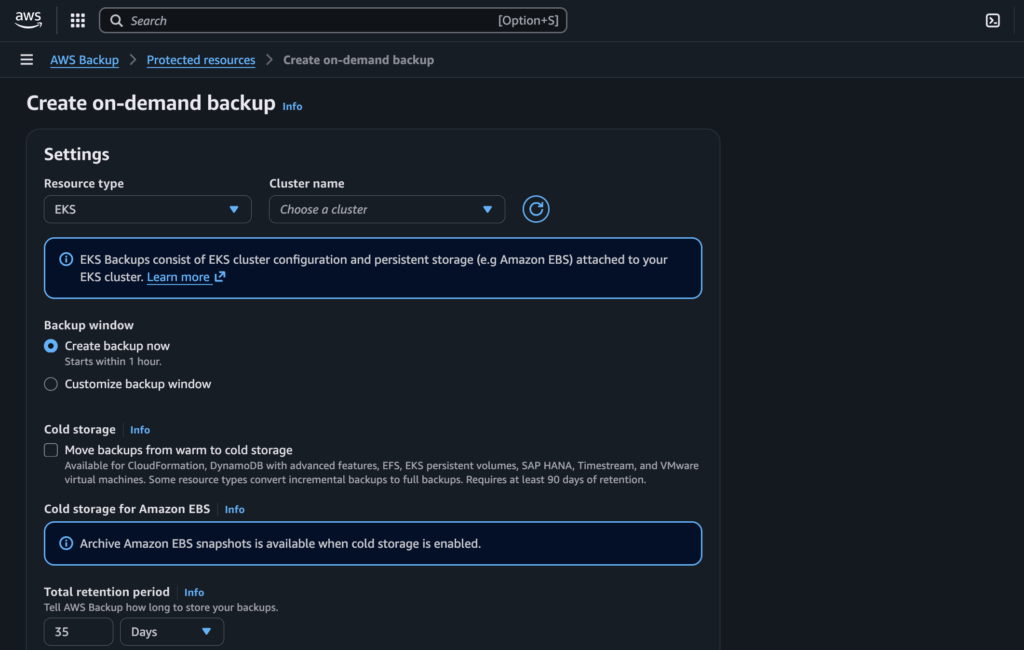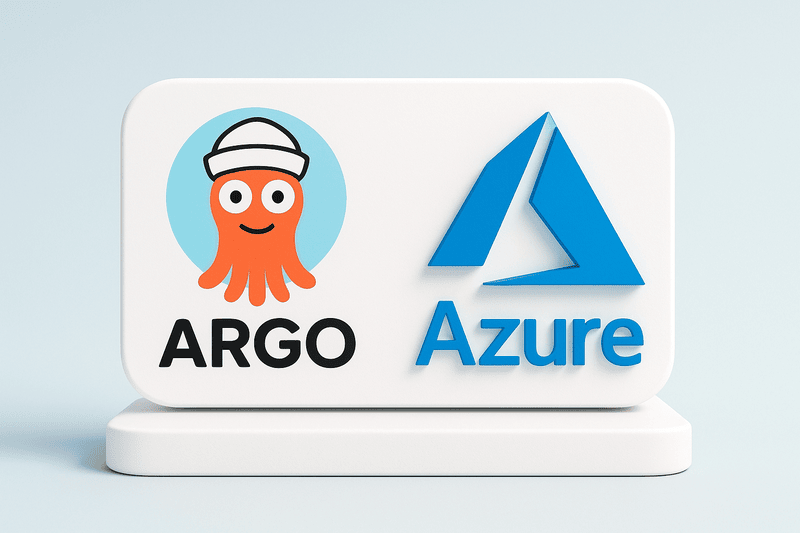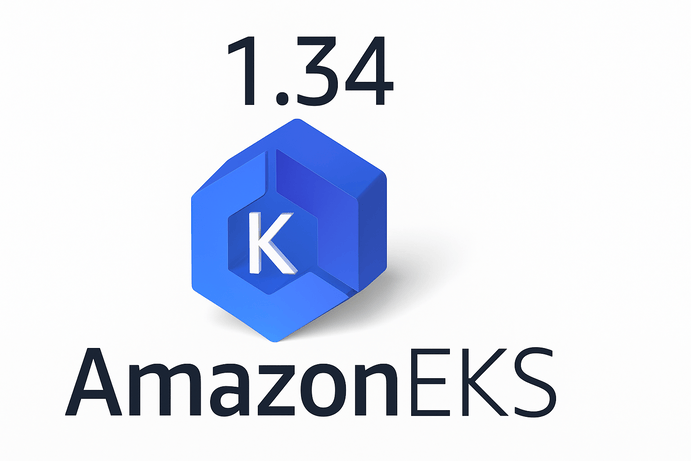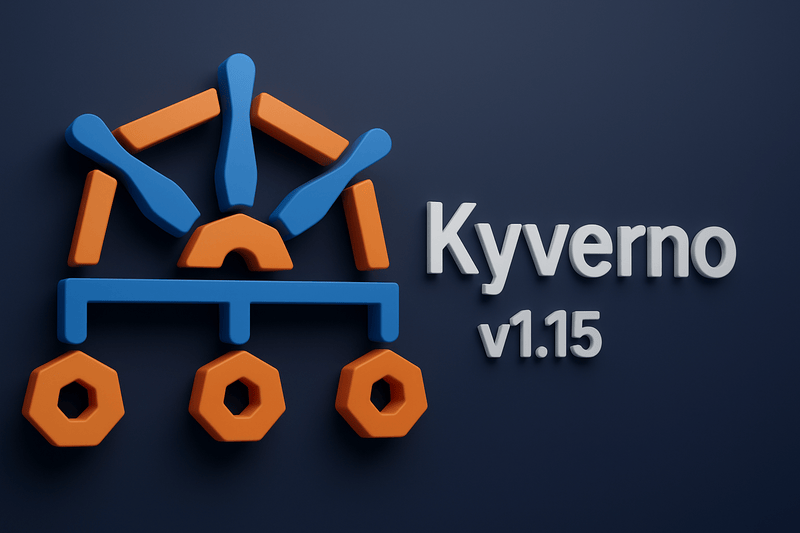As organizations increasingly adopt Kubernetes for deploying and managing applications, automation and declarative configurations become crucial for efficiency and scalability.
Two popular tools that help achieve this are Kubernetes Operators and ArgoCD. While both aim to simplify Kubernetes management, they serve different purposes and operate in distinct ways.
In this article, we’ll explore the key differences between Kubernetes Operators and ArgoCD, illustrating their roles with real-world scenarios to help you determine which tool is best suited for your needs.
Summary of Kubernetes Operators
Kubernetes Operators extend Kubernetes by automating the deployment, scaling, and management of complex applications.
They use Custom Resource Definitions (CRDs) to define desired states and controllers to continuously monitor and reconcile the actual state with the intended configuration.
This enables Kubernetes to manage stateful applications declaratively, embedding operational knowledge directly into the cluster. A more detailed article of Kubernetes operators is here.
Summary of ArgoCD
ArgoCD is a GitOps continuous delivery tool that manages Kubernetes application deployments declaratively. It ensures configuration consistency by syncing application manifests from Git repositories with the Kubernetes cluster. Continuously monitoring for changes in manifests such as Helm charts, Kustomize, or YAML, ArgoCD automatically synchronizes the cluster state with the desired state defined in Git. A more detailed article of Kubernetes operators is here.
Difference between Kubernetes Operators and ArgoCD
Primary Purpose
ArgoCD automates continuous deployment in Kubernetes by following the GitOps approach, ensuring that the cluster state matches the desired configuration stored in Git. It continuously monitors changes in the Git repository and synchronizes them to the cluster, maintaining consistency
Kubernetes Operators automate the lifecycle management of complex applications, especially stateful ones, by encoding operational knowledge into custom controllers. They handle tasks like deployment, scaling, upgrades, and self-healing, reducing manual intervention.
Real-World Use Case
ArgoCD: Deploying Microservices
A company running multiple microservices in Kubernetes can use ArgoCD to automate deployments. Developers push code changes to a Git repository, and ArgoCD automatically applies the changes to the Kubernetes cluster, ensuring consistency across environments.
Kubernetes Operator: Managing Databases
Consider an organization deploying a PostgreSQL database on Kubernetes. A Kubernetes Operator like the Crunchy PostgreSQL Operator automates provisioning, backups, scaling, and failover. Instead of manually handling database configurations, the operator ensures high availability and self-healing with minimal human intervention.
Management Scope
Kubernetes Operators work efficiently by automating the deployment, scaling, and management of complex applications, making them particularly suitable for stateful applications like databases and message queues. Unlike stateless applications, which can be easily replicated or replaced without data loss, stateful applications require careful orchestration to maintain data consistency, availability, and integrity across nodes.
ArgoCD can be used to deploy and manage the full lifecycle of both stateful and stateless applications in Kubernetes. Stateless applications, such as web servers or API gateways, do not retain data between sessions and can be easily scaled up or down based on demand. ArgoCD ensures that these applications are deployed consistently by synchronizing their configurations with Git repositories, making rollbacks and updates seamless.
Automation Type
Kubernetes Operators embed custom logic to automate the provisioning, scaling, and upgrading of complex applications within a cluster. They extend Kubernetes’ native capabilities by defining domain-specific controllers that manage application lifecycles. Operators ensure seamless updates, handle failure recovery, and optimize resource allocation without manual intervention. By codifying operational knowledge, they reduce administrative overhead and improve reliability. This makes them especially useful for managing stateful services like databases and message queues.
ArgoCD ensures Git-driven synchronization of Kubernetes manifests, maintaining the desired state of applications defined in a Git repository. It continuously monitors changes in the repository and automatically applies updates to the cluster. By enforcing declarative deployments, ArgoCD prevents configuration drift and enables easy rollbacks. It provides visibility into application status, history, and differences between the desired and actual states. This streamlines CI/CD workflows, enhancing automation, security, and consistency in Kubernetes deployments.
Failure Recovery
Kubernetes Operators enable self-healing by automatically detecting and recovering from failures in managed applications. They incorporate custom operational intelligence to handle tasks like scaling, backups, and automated failovers. By embedding deep domain knowledge, Operators ensure applications remain healthy with minimal manual intervention. They continuously monitor resource states and take corrective actions when anomalies are detected. This enhances reliability, optimizes performance, and simplifies management of complex workloads in Kubernetes.
ArgoCD provides automated rollbacks, allowing teams to quickly revert to a previous stable state if a deployment fails. It continuously monitors the cluster state and detects configuration drift from the desired state stored in Git. When discrepancies are found, ArgoCD alerts users and can automatically reconcile changes to maintain consistency. This ensures deployments remain reliable, predictable, and aligned with version-controlled configurations. By enabling quick recovery and enforcing state integrity, ArgoCD enhances deployment security and stability.
State Management
Kubernetes Operators maintain application-specific state by managing complex, stateful workloads beyond Kubernetes’ default capabilities. They track and enforce the desired state of applications, ensuring components remain correctly configured and operational. Operators handle tasks like data replication, failover, and recovery to maintain consistency and availability. By embedding domain-specific logic, they automate operational tasks that would otherwise require manual intervention. This enables efficient management of databases, message brokers, and other stateful services in Kubernetes.
ArgoCD ensures configuration consistency by continuously syncing Kubernetes manifests with the desired state stored in a Git repository. It detects and prevents drift by monitoring changes in the cluster and reconciling them automatically. If unauthorized modifications occur, ArgoCD can alert users or restore the correct configuration. This guarantees that deployments remain predictable, repeatable, and aligned with version-controlled definitions. By enforcing consistency, ArgoCD enhances security, reliability, and automation in Kubernetes environments.
How Operators and ArgoCD Can Work Together
While Operators and ArgoCD serve different purposes, they can complement each other in a Kubernetes environment. Here’s how:
Scenario: Deploying and Managing a Database
- ArgoCD deploys the database application using Kubernetes manifests stored in a Git repository.
- The Database Operator takes over, managing the database lifecycle (e.g., scaling, backups, upgrades).
- ArgoCD continuously monitors the Git repo and ensures that any changes (e.g., a new database version) are applied to the cluster.
- The Operator handles the operational tasks, ensuring the database runs smoothly.
A Final Note
It is interesting to note that ArgoCD runs on Kubernetes operators, because of the CRD for deployments and the control loop mechanism it implements which are both features of the Kubernetes operator. But the use case for both is the differentiating factor.
The management too is quite different. Kubernetes operators require extra skill for development and management, but ArgoCD does not require much technical understanding, and with its intuitive UI it is easier to get start quickly using ArgoCD.
Conclusion
Kubernetes Operators and ArgoCD serve distinct but complementary roles in Kubernetes environments. Operators automate the lifecycle of complex, stateful applications by handling operational tasks, while ArgoCD ensures declarative application deployment and configuration consistency using GitOps.
Together, they enhance automation, scalability, and reliability—Operators manage stateful services like databases, while ArgoCD streamlines application deployment and cluster state enforcement.
By leveraging both tools, teams can simplify Kubernetes management and achieve efficient, automated cloud-native operations.







